Navigating the vast and often treacherous waters demands a proactive approach to safety. The importance of safeguarding the lives of those aboard commercial vessels cannot be overstated. From complying with maritime regulations to fostering a culture of safety awareness, commercial marine crews must prioritize the well-being of their team members.
Personal Protective Equipment (PPE): Gear for Crew Members
- Life Jackets: Every crew member should have access to a properly fitted life jacket. These simple yet lifesaving devices provide buoyancy and support in emergencies.
- Safety Helmets: In situations where head injuries are a risk, such as during rough weather or when handling heavy equipment, safety helmets offer vital protection.
- Protective Clothing: Crew members should wear appropriate protective clothing, including waterproof gear, to shield themselves from the elements and potential hazards.
Life-saving Appliances: Liferafts, Lifebuoys, Lifejackets
- Liferafts: Essential for evacuating the vessel in an emergency, liferafts provide a safe platform for the crew to await rescue. Regular maintenance and checks are crucial to ensure their functionality.
- Lifebuoys: Easily throwable and equipped with reflective materials, lifebuoys aid in man-overboard situations. Having them strategically placed on the vessel enhances their effectiveness.
- Lifejackets with Lights and Whistles: Lifejackets should not only provide buoyancy but also be equipped with lights and whistles to increase visibility and attract attention in low-light conditions.
Firefighting Equipment: Extinguishers, Alarms, Fire Suits
- Fire Extinguishers: Different types of fire extinguishers should be strategically located throughout the vessel, ready for immediate use. Regular checks ensure they are in working order.
- Fire Alarms and Detection Systems: Early detection of fires is critical. Installing fire alarms and detection systems helps in identifying and addressing potential fire hazards promptly.
- Fire Suits: For situations where firefighting becomes necessary, fire suits provide protection against heat and flames. Crew members should be trained in their proper use.
Communication Devices: Radios, Emergency Beacons
- Marine Radios: Reliable communication is vital at sea. Marine radios facilitate communication within the vessel and with other vessels, helping coordinate movements and respond to emergencies.
- Emergency Position Indicating Radio Beacons (EPIRBs): In the event of a distress situation, EPIRBs send distress signals to search and rescue satellites, improving the chances of a swift and effective response.
First Aid Kits: Medical Supplies for Emergencies
- Basic First Aid Kits: Every vessel should be equipped with well-stocked first aid kits containing essential supplies to address common injuries and medical emergencies.
- AED (Automated External Defibrillator): In case of cardiac emergencies, having an AED on board increases the chances of a positive outcome. Crew members should be trained in its use.
Training and Drills: Regular Practice for Preparedness
- Safety Drills: Regular safety drills simulate emergency situations, ensuring that the crew is well-prepared to handle crises efficiently. These drills should cover various scenarios, from man-overboard situations to fire emergencies.
- Training Programs: Investing in comprehensive safety training programs ensures that the crew is well-versed in the use of safety equipment and follows proper safety protocols.
Conclusion: Prioritize Crew Safety on Commercial Vessels
As marine navigation equipment evolves, the timeless importance of safety equipment for commercial marine crews remains unchanged. Suppliers like www.tecomart.co offer a range of quality marine navigation equipment, emphasizing the significance of safety in their products. From personal protective gear to advanced communication devices, prioritizing the safety of the crew ensures a secure and efficient operation at sea. In the dynamic and challenging maritime industry, a commitment to safety is a commitment to the well-being of the crew and the success of every voyage.

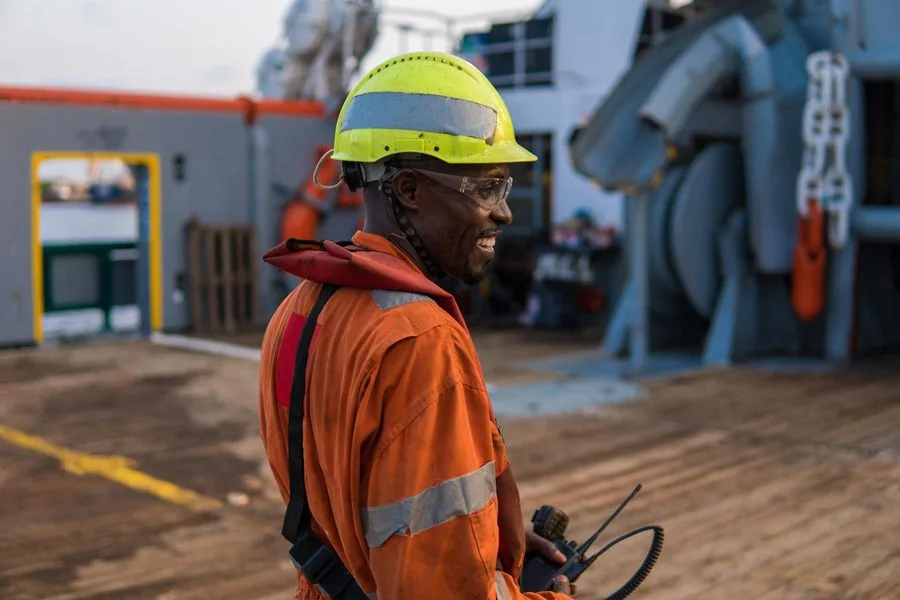
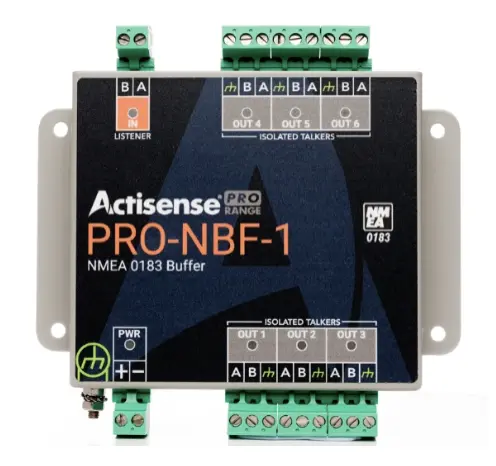

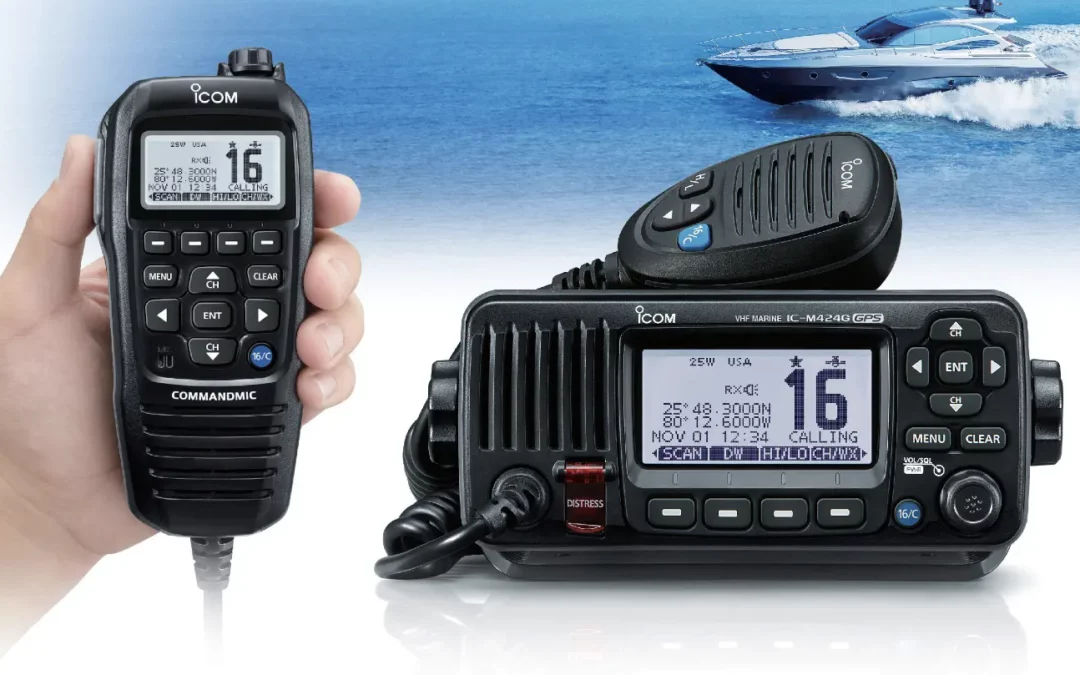
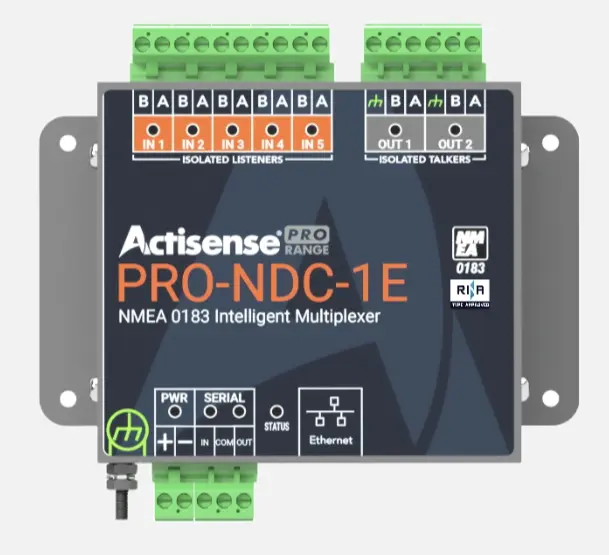
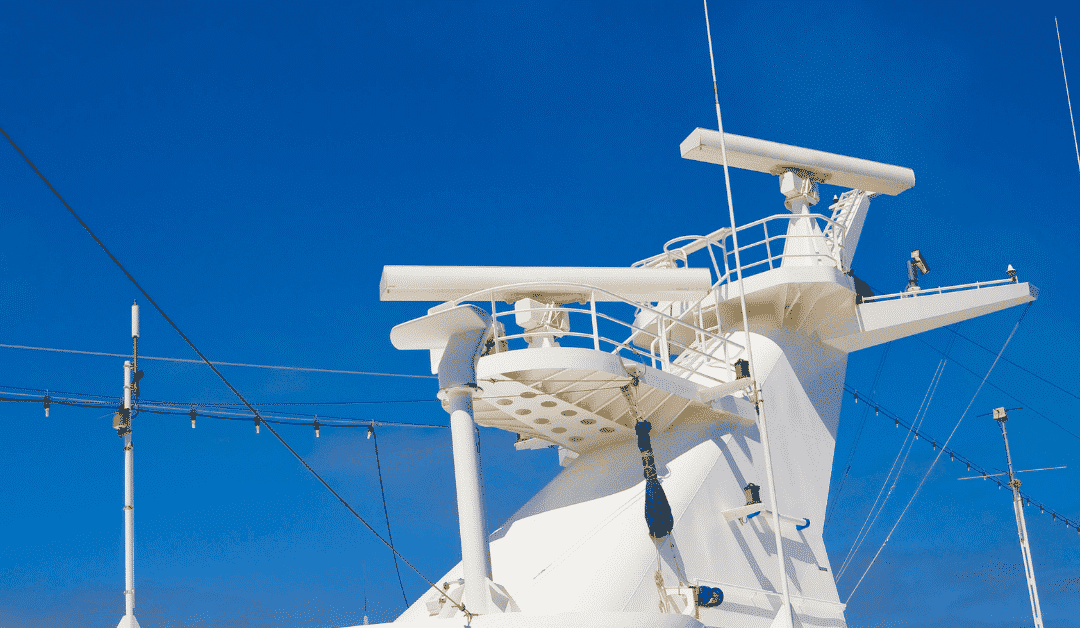

0 Comments